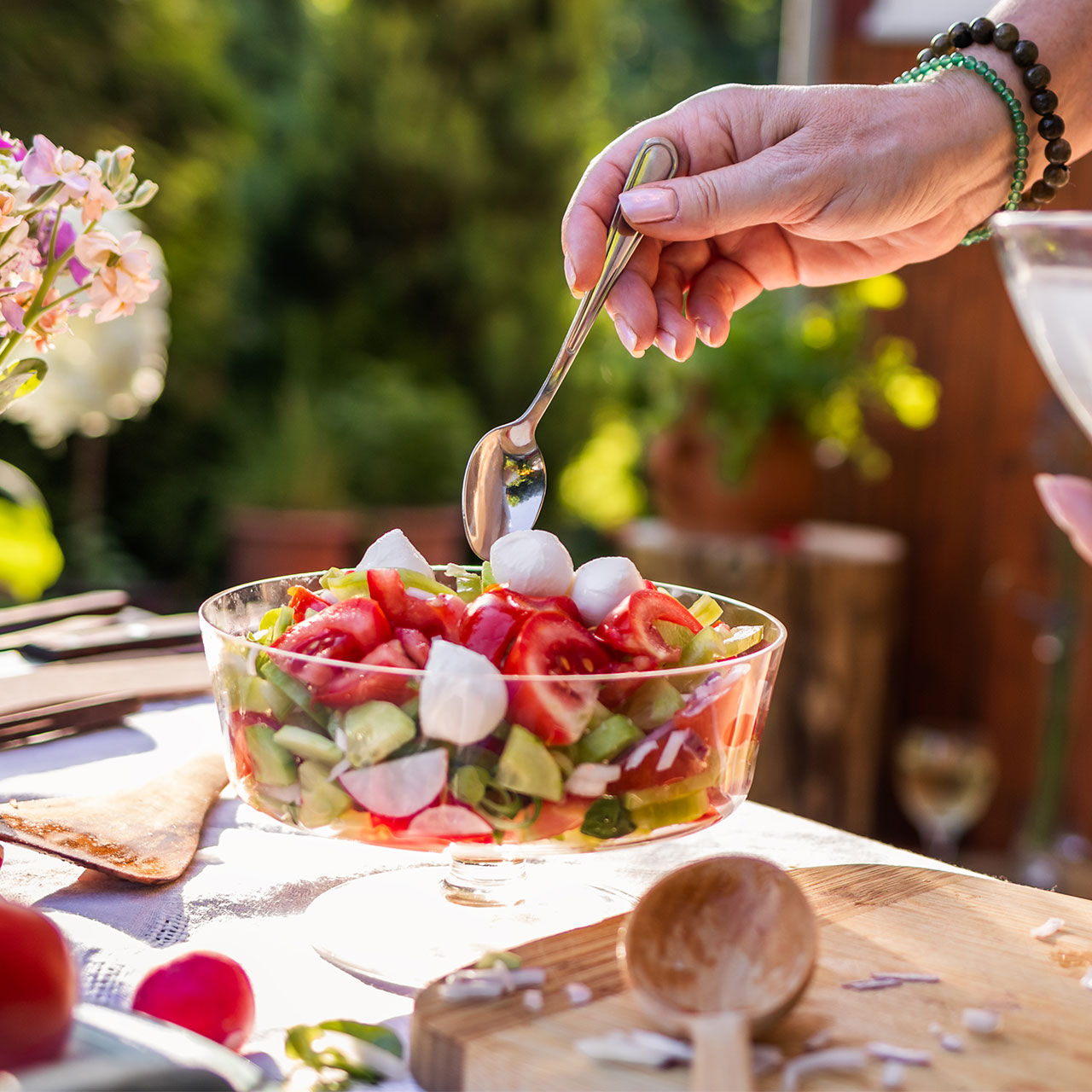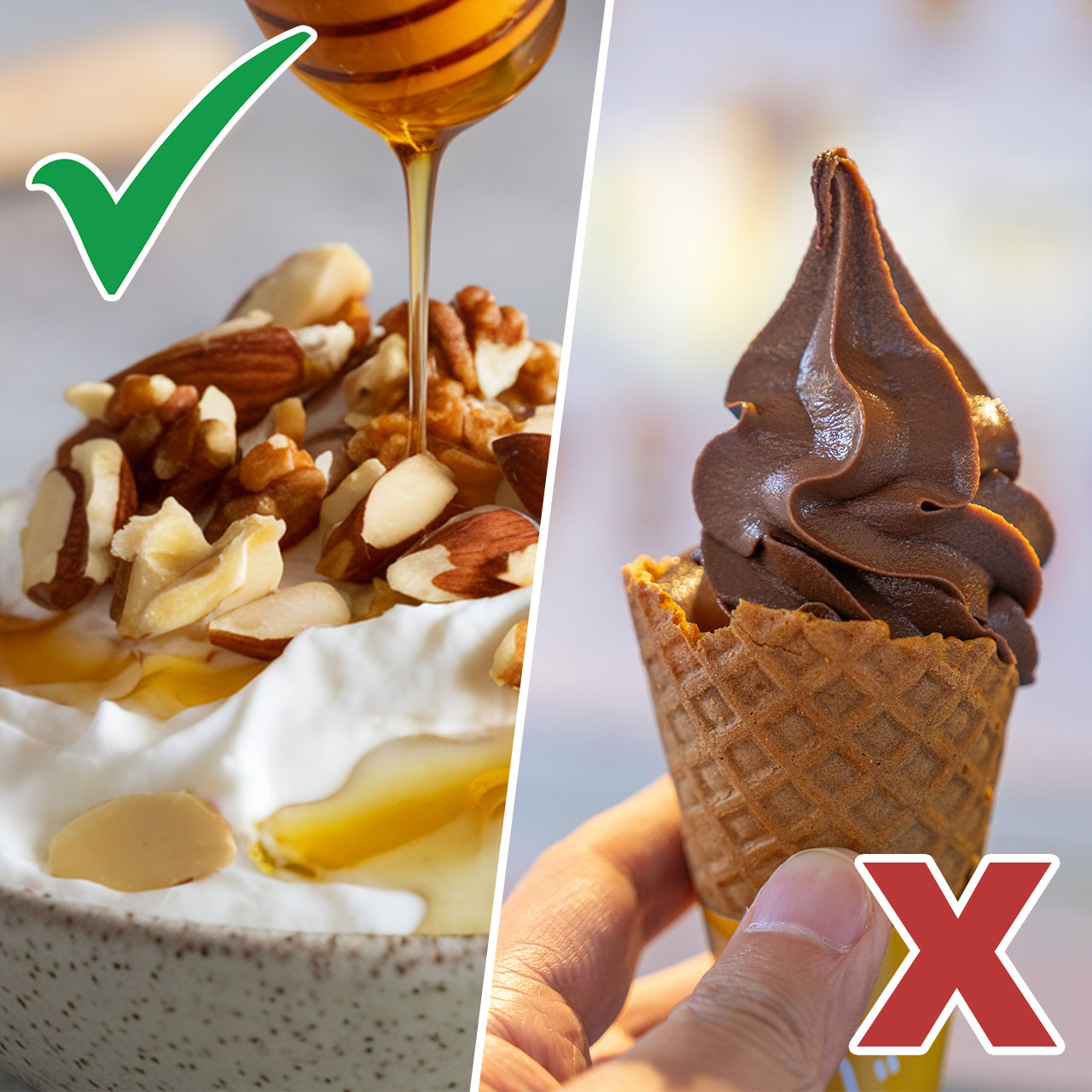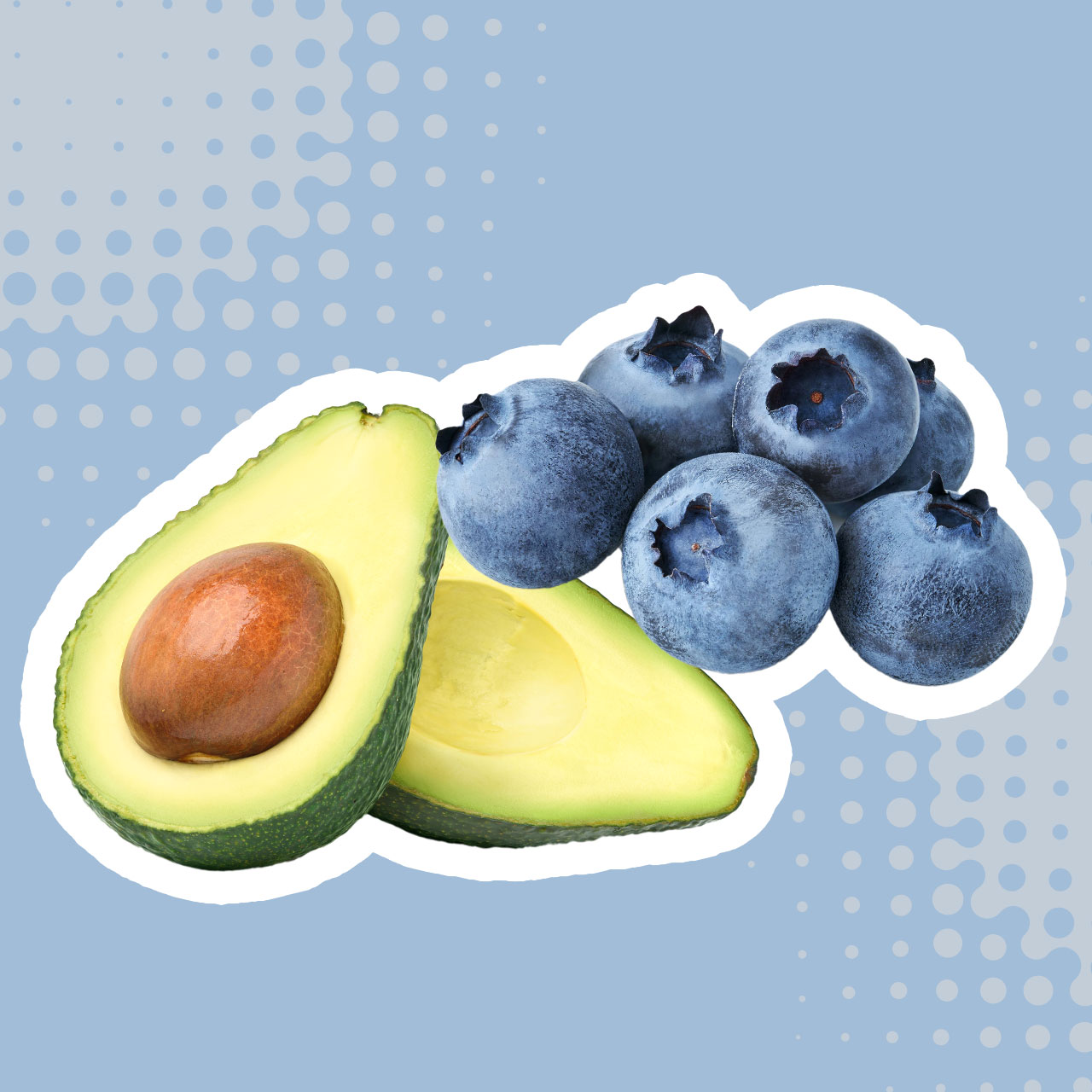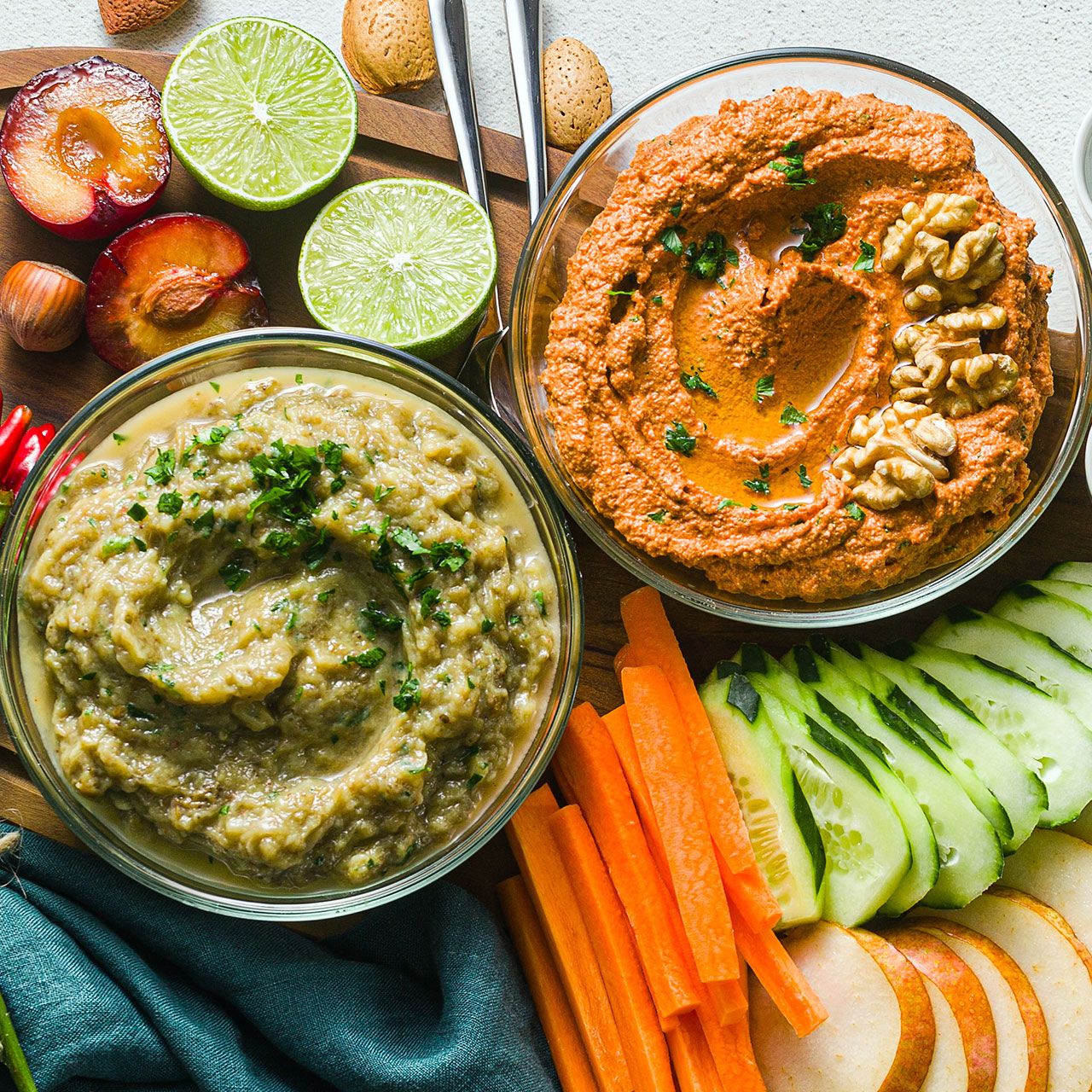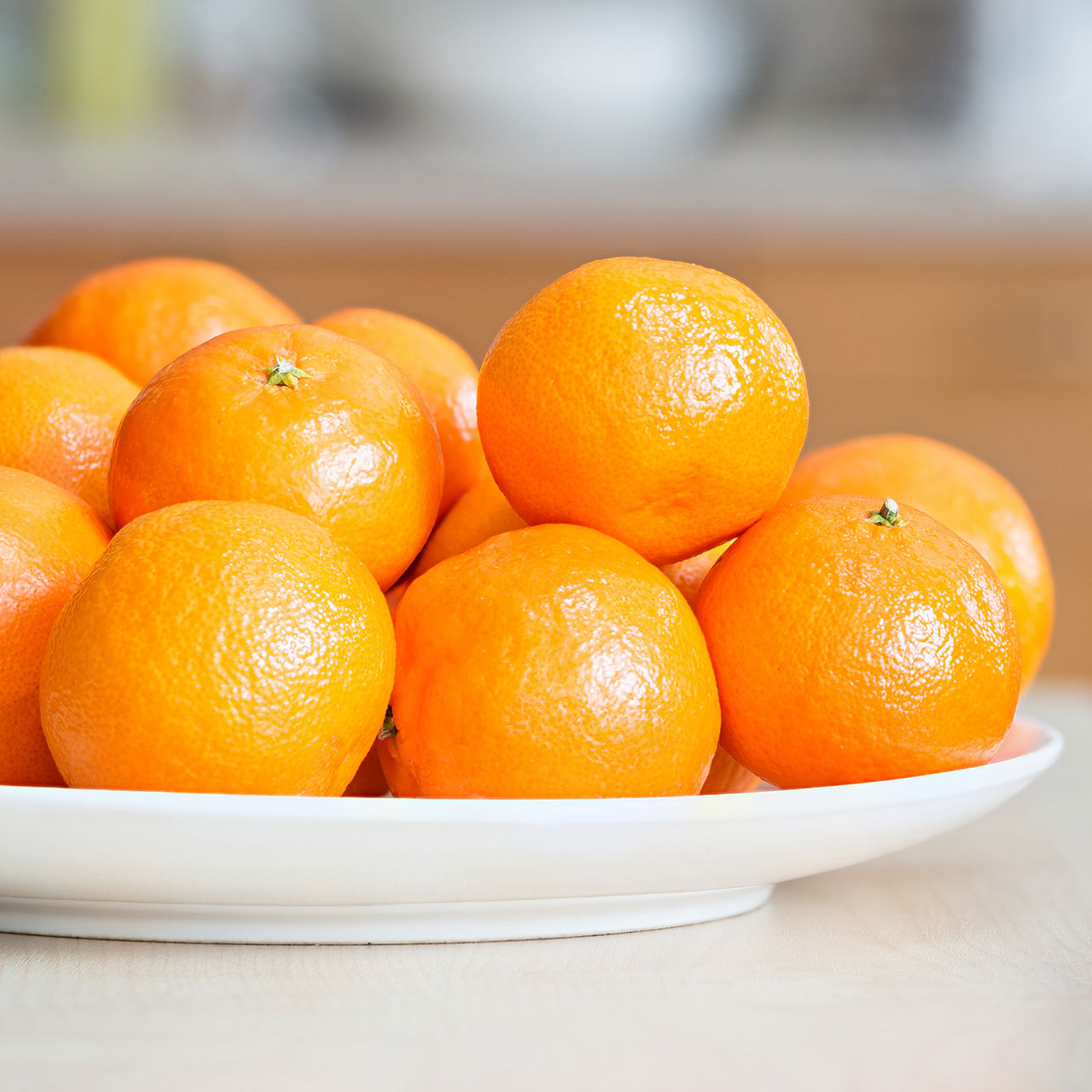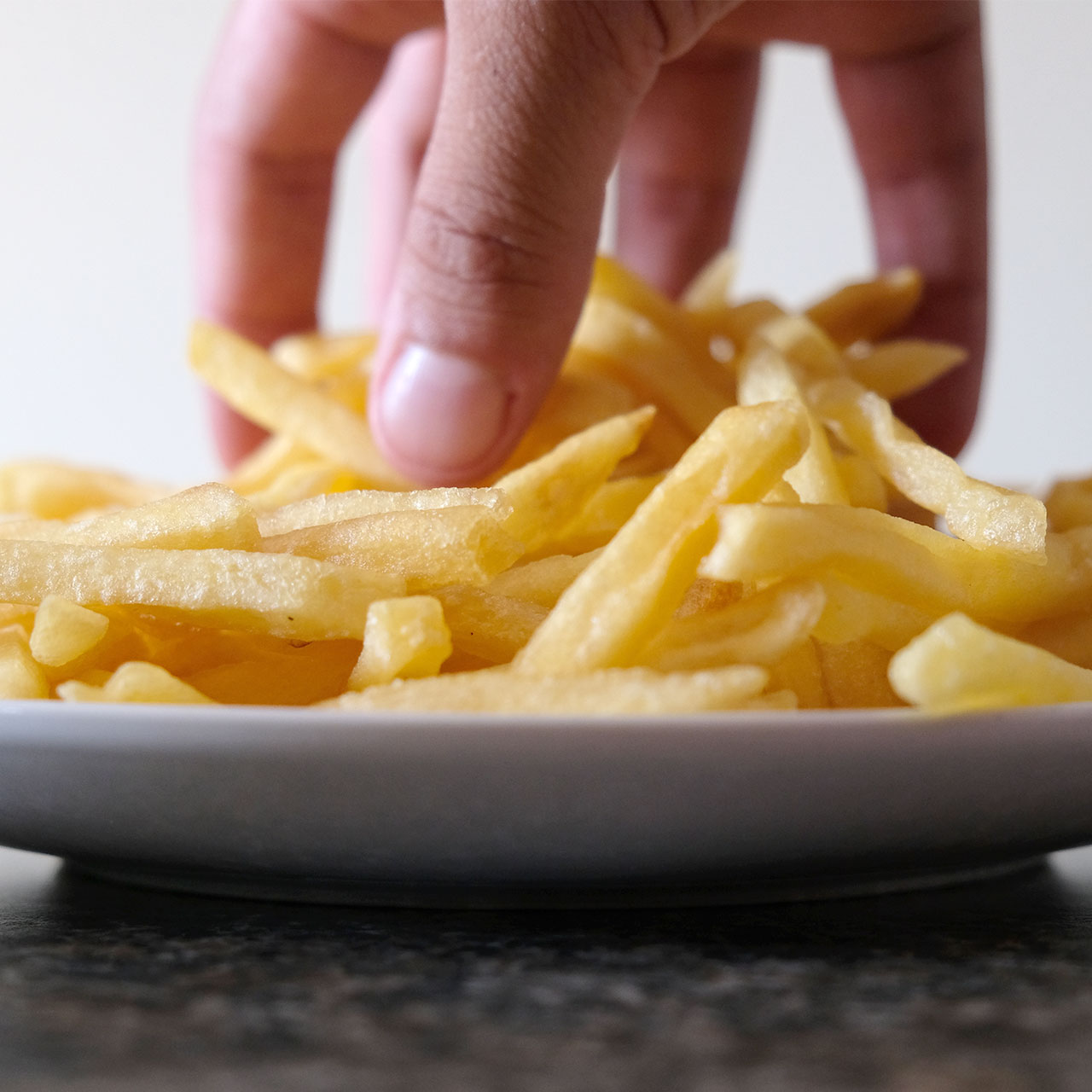If you’ve been experiencing fatigue, dizziness, pale skin, increased heart rate, hair loss, depression, and more, there’s a chance you may have an iron deficiency. While this mineral deficiency is most common in women who are menstruating, pregnant women, and runners, low iron can affect anyone and could result in serious health consequences. Risks include heart failure, tachycardia, and more. Luckily, though, there are changes you can make to your diet in order to improve your iron levels. In addition to well-known iron-rich foods, like meat and beans, you may be surprised to hear that certain fruits can also help.
To learn more about how different types of fruit may be able to help you reach healthy iron levels, we spoke to Dr. Matt Angove, ND, an expert in low iron and iron deficiency from Optimize Iron. He told us that although “generally speaking, fruit is not a strong source of iron,” there are several reasons adding dried fruits, citrus, and fruits high in alic acid (like apples) could be a good idea for anyone with low iron levels. Learn more below!

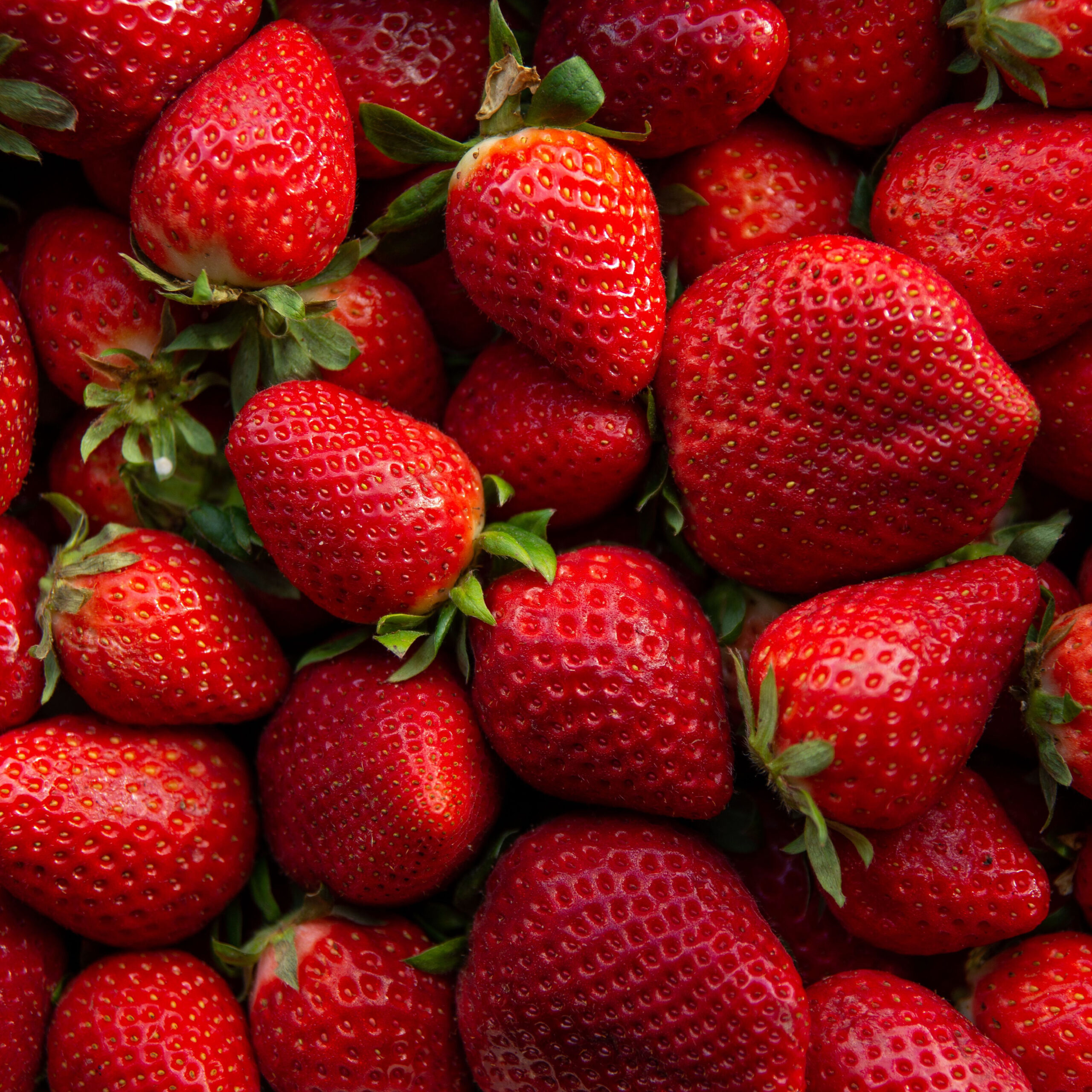
1. Fruits high in malic acid (strawberries, apricots, cherries)
Although fruits may not be the best source of iron around, especially when compared to beef, beans, and spinach, Dr. Angove tells us that eating fruits with a high malic acid content in combination with these iron-rich foods could make a significant difference.
"Fruits that are high in malic acid like apricots, apples, and cherries have been shown to significantly enhance iron uptake by intestinal cells," he explains. This means that, although these fruits are not necessarily packed with iron, your body is more likely to benefit from all the iron you do consume when you add them to your diet. Plus, they're delicious!
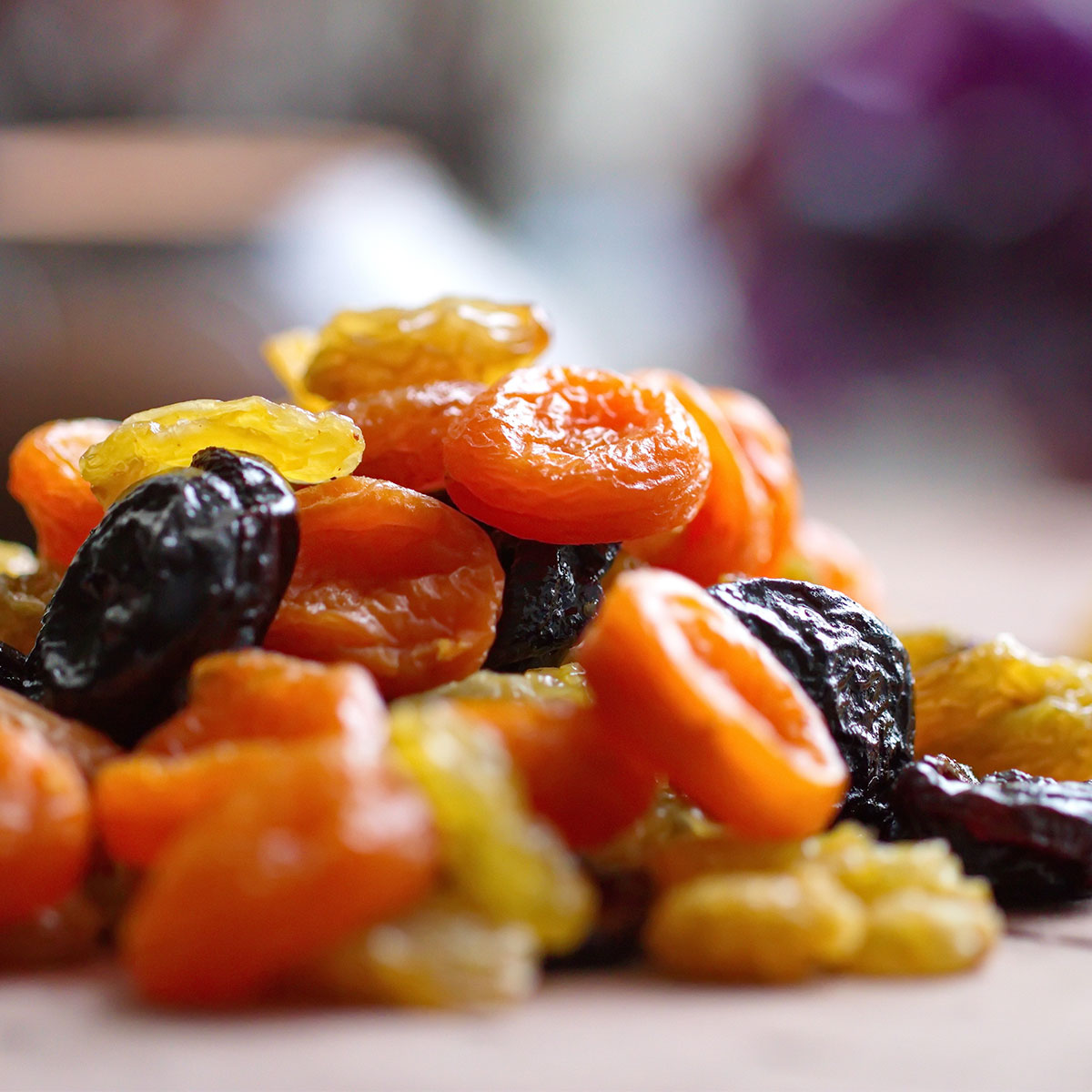
2. Dried fruits like raisins and prunes
If you are looking for the fruits with the highest iron content, Dr. Angove tells us that dried varieties like dried apricots, raisins, and dates are among the best options, as they have "a higher content and better overall iron bioavailability compared to fresh fruit."
"It is also easier to consume a more significant amount of iron via dried fruit vs fresh fruit given the lack of water volume in the dried fruit," he explains. Noted! When you combine these choices with healthy nuts, you've got yourself a great, health-conscious snack. Trail mix, anyone?
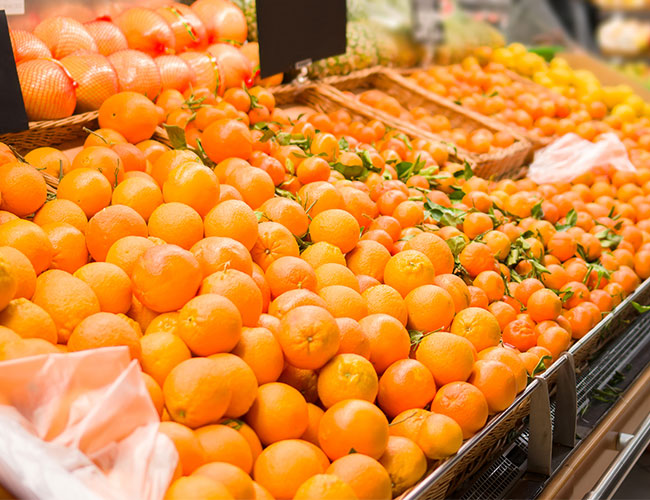
3. Citrus fruits
Good news for citrus lovers! Dr. Angove tells us that eating fruits with citric acid could also do some good for your iron levels by aiding absorption from non-heme iron sources (a.k.a. plant foods like nuts, grains, and veggies—so vegetarians, take note!).
"It is also known that non-heme iron sources like that found in beans and spinach are minimally bioavailable but when consumed with citric acid containing fruits like lemons, limes, pineapples, strawberries, the citric acid binds to the non-heme iron increasing its solubility and therefore absorption in the small intestine," he states. Who knew?!
Plus, citrus is great for your immune system.
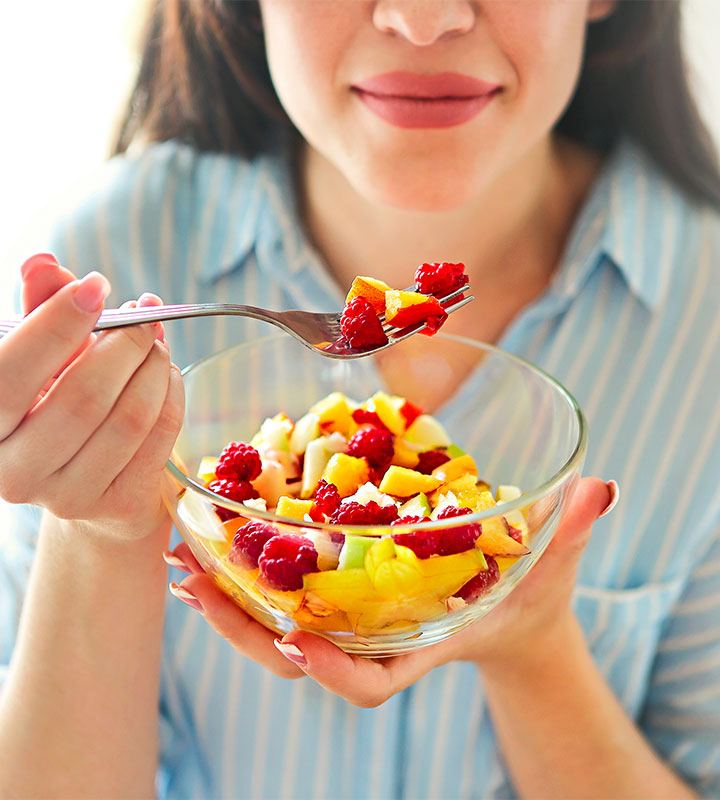
The bottom line
Ultimately, the best way to improve your iron levels is, put simply, to add more iron to your diet. And the best sources of iron are not fruit, but rather meats, beans, whole grains, and veggies. However, by choosing dried fruits and other options that can help aid in iron absorption, you'll still be making a significant step towards healthier iron levels.
"I suggest utilizing fruit at the end of a meal or with nuts and seeds to minimize spikes in blood sugar from the fruit while still getting the benefits of fruits containing high malic or citric acid to enhance iron absorption," Dr. Angove concludes.
READ MORE: Taking These 2 Supplements Together Is Actually So Bad For Your Heart, Experts Warn













